
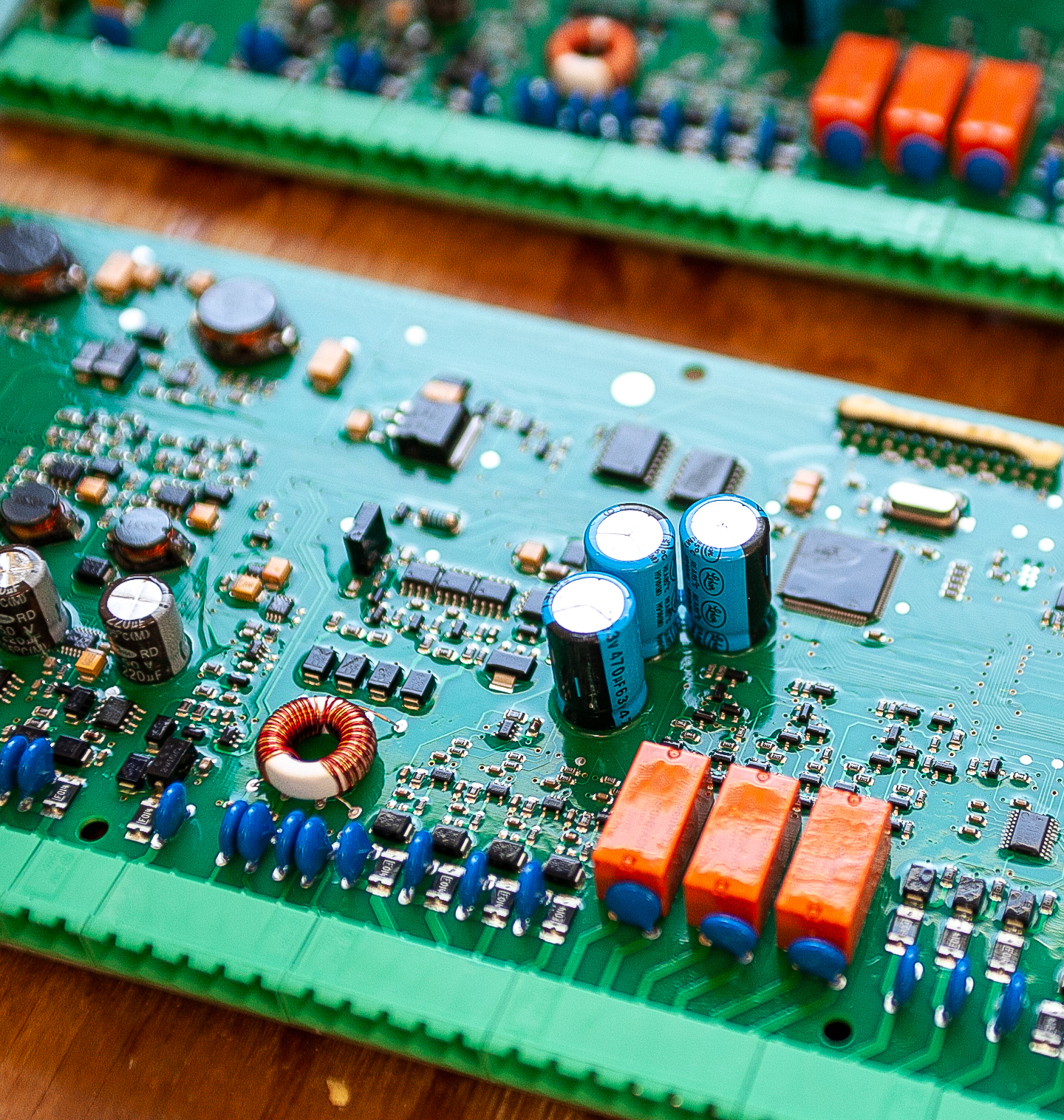
PARATRONIC, une société française qui développe, fabrique et commercialise ses produits et systèmes. L’intégration du cycle de vie produit garantit à PARATRONIC la maîtrise de la qualité de ses produits et services.
A sa création en 1984, l’activité de PARATRONIC était entièrement orientée vers la sécurisation des matériels électroniques les plus exposés aux perturbations d’origines atmosphériques.
Progressivement, PARATRONIC s’est rapprochée des utilisateurs œuvrant dans les métiers de l’eau et de l’environnement. Ses domaines de compétences s’étendent de la production, distribution ou assainissement d’eaux, de l’étude des eaux souterraines et de surfaces jusqu’à la surveillance des feux.
Ainsi, PARATRONIC propose des solutions complètes, dédiées à l’acquisition, la transmission, le traitement et à la gestion des données de terrain.
Tout au long du processus de conception, de développement, de fabrication et de distribution, PARATRONIC a à cœur d’optimiser ses produits en termes de précision et de fiabilité.
PARATRONIC a depuis toujours associé sa capacité d’innovation et de Recherche & Développement à un haut niveau d’écoute et de collaboration avec les utilisateurs. Fabricant français de référence concernant les matériels, logiciels et systèmes intégrés de gestion de l’eau, de l’environnement et des risques naturels, PARATRONIC est organisé autour de deux pôles :
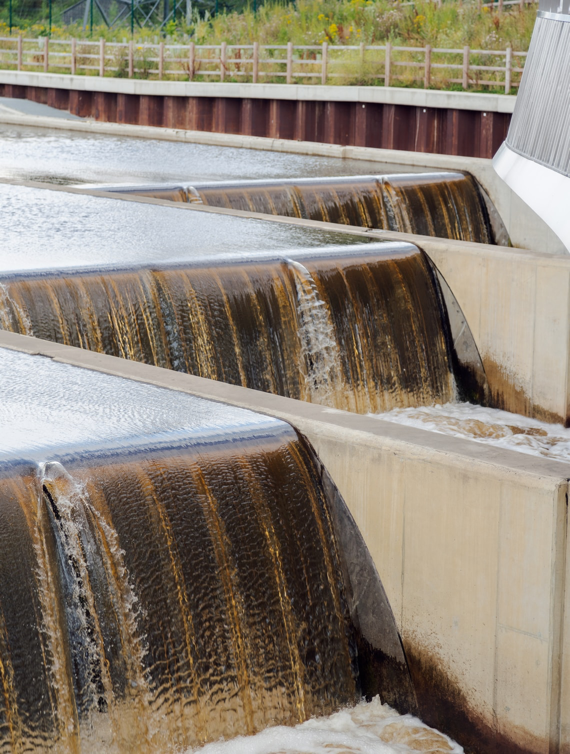
Le département «Eau & Environnement » de PARATRONIC apporte son savoir faire depuis 1984 aux plus grands acteurs du monde de l’eau et de l’environnement. La maîtrise en interne de la conception, du développement et de la fabrication des matériels donne à PARATRONIC une capacité particulière en terme de réactivité et de soutien aux utilisateurs.
Leader français dans le domaine des chaines de mesures destinées à la gestion et à l’automatisation de la production et/ou de l’assainissement d’eaux, PARATRONIC « eau et environnement » est présent dans six pays : France, Espagne, Italie, Belgique, Portugal et Maroc. Au cours des 5 dernières années, environ 20 000 sites ont été équipés de matériels PARATRONIC.
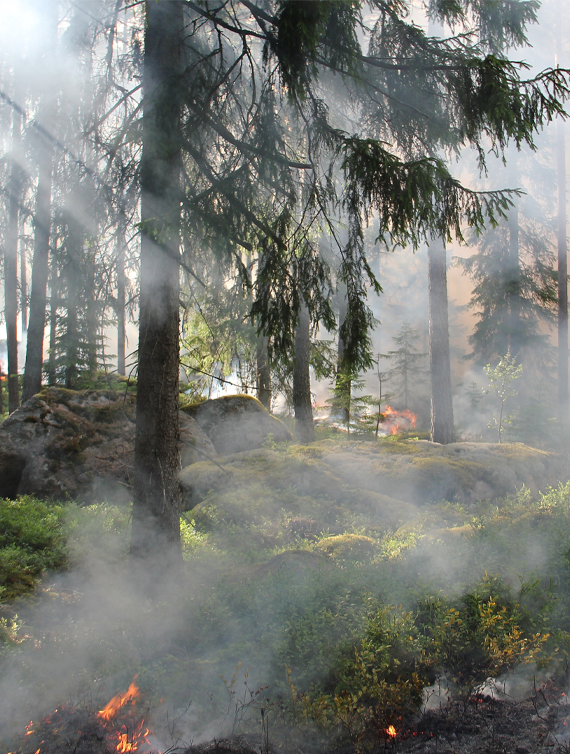
Créé dans les années 90, le département « Risques Naturels » de PARATRONIC est spécialisé dans la conception et la réalisation de systèmes de surveillance et de gestion de crise, ayant comme point commun la sécurité des personnes et des biens dans les conditions environnementales les plus sévères :
Annonce de crue
Surveillance de glissement de terrain
Surveillance de massifs forestiers afin de détecter, localiser et suivre le développement des départs de feux
Gestion de barrages en cas de commandes à distance…
Depuis son origine, et année après année, Paratronic mobilise environ 25% de son chiffre d’affaires en Recherche et Développement. En effet, dès la création de la société, les fondateurs ont souhaité appuyer la croissance de PARATRONIC sur l’innovation technologique, la recherche et le développement.
Cette volonté d’être à la pointe sur un ensemble de techniques variées a permis à la société d’assurer sa notoriété auprès d’une clientèle exigeante.
Aujourd’hui, les capacités de Recherche et Développement de PARATRONIC peuvent être regroupées en cinq expertises:
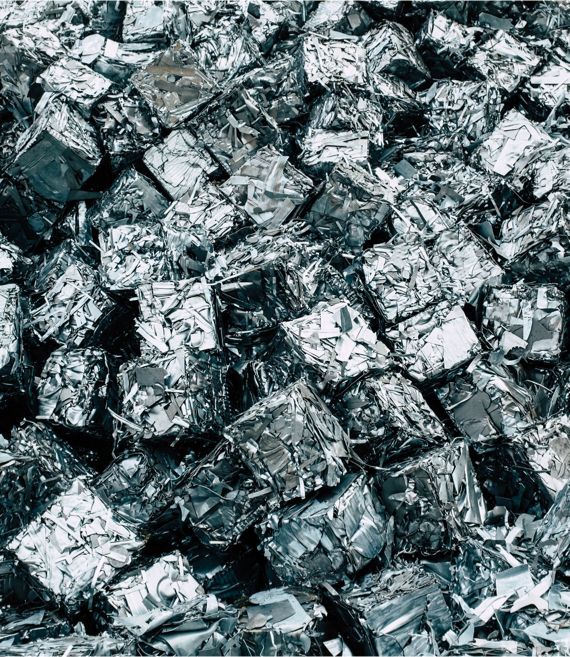
PARATRONIC a toujours eu à cœur de minimiser l’impact de ses produits et de son activité sur l’environnement. En conséquence, il est bien évident que nous vous assurons de notre conformité à la législation dans ce domaine, notamment au décret de loi 2005-829 du 20 juillet 2005 relatif à la composition des équipements électriques et électroniques et à l’élimination des déchets issus de ces équipements.
Afin qu’un matériel hors service soit recyclé, il suffit qu’il soit retourné à l’adresse suivante :
PARATRONIC
Services Recyclage DEEE
Zone Industrielle Rue des genêts
01600 REYRIEUX
Les matériels réceptionnés par notre service Recyclage et DEEE sont confiés à un centre de tri agréé. Le matériel est ainsi collecté en vue de son démantèlement dans le plus strict respect de l’environnement et de la législation.
La solution de démantèlement que nous avons retenue permet de recycler en matière première la quasi-totalité des matériels traités et de valoriser plus de 98% de la masse des produits en fin de vie, ne générant ainsi que 1,5% de déchets ultimes…
De plus, le prestataire à qui sont confiés les matériels qui nous sont retournés a obtenu en 2008 la triple certification « Qualité Sécurité Environnement » et répond donc aux exigences des normes suivantes :
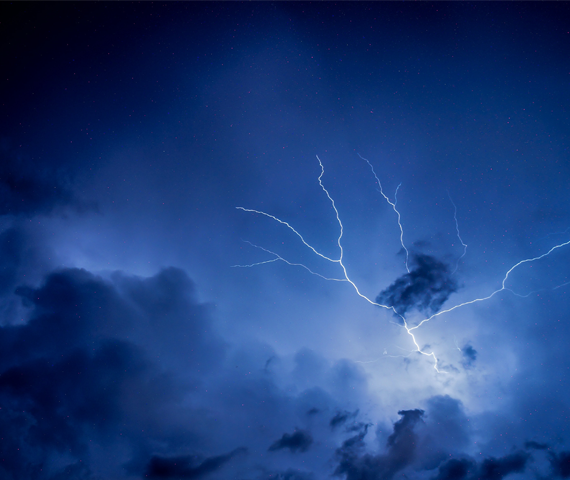
A sa création en 1984, l’activité de PARATRONIC était entièrement orientée vers la sécurisation des matériels électroniques les plus exposés aux perturbations d’origine atmosphérique. Historiquement, PARATRONIC s’est rapproché des utilisateurs œuvrant dans les métiers de l’eau et de l’environnement. Rapidement, le métier originel d’analyses de sites face au risque foudre et de fabrication de modules parafoudre a été complété par le développement et la commercialisation de capteurs de niveaux résistants aux chocs de foudre.
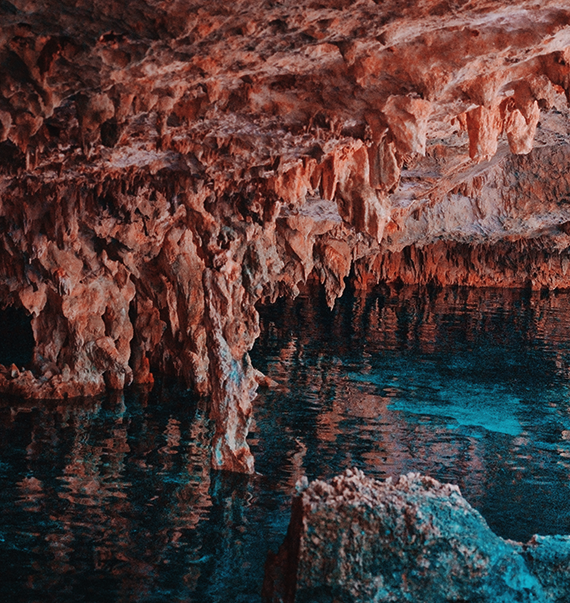
Qu’il s’agisse de l’assainissement, de la production, et de la distribution d’eau de consommation, ou bien de la surveillance
et de l’étude des eaux souterraines et de surface, PARATRONIC propose alors des solutions complètes et dédiées d’acquisition, traitement et gestion des données de terrain : capteurs, automatismes, transmetteurs LS et radio, etc….
Durant les années 90, un département dédié aux « Risques Naturels » est créé et fait rapidement référence pour le développement et la fabrication de systèmes d’annonces de crue.
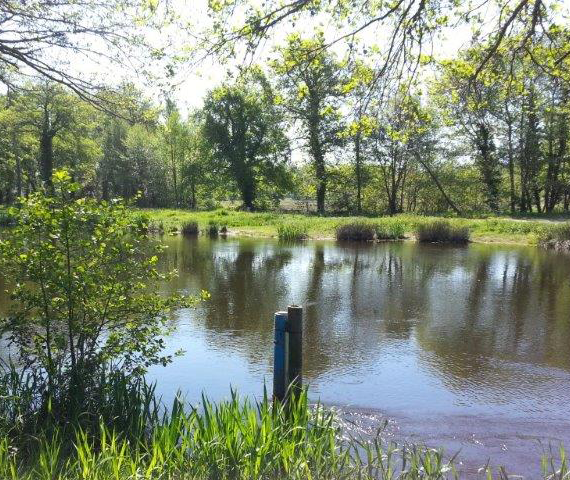
Le département « Risques Naturels » élargit son activité et réalise les premiers réseaux de détection automatique de feu de forêt ou de surveillance des chutes de blocs rocheux.
Parallèlement, le département « Eau et environnement » poursuit son développement en étant présent dans de plus en plus de pays.
Paratronic est toujours à la recherche de différents profils.
N’hésitez pas à déposer votre candidature à l’aide du formulaire.
Fabrication de cartes electroniques dans notre atelier de l’ain